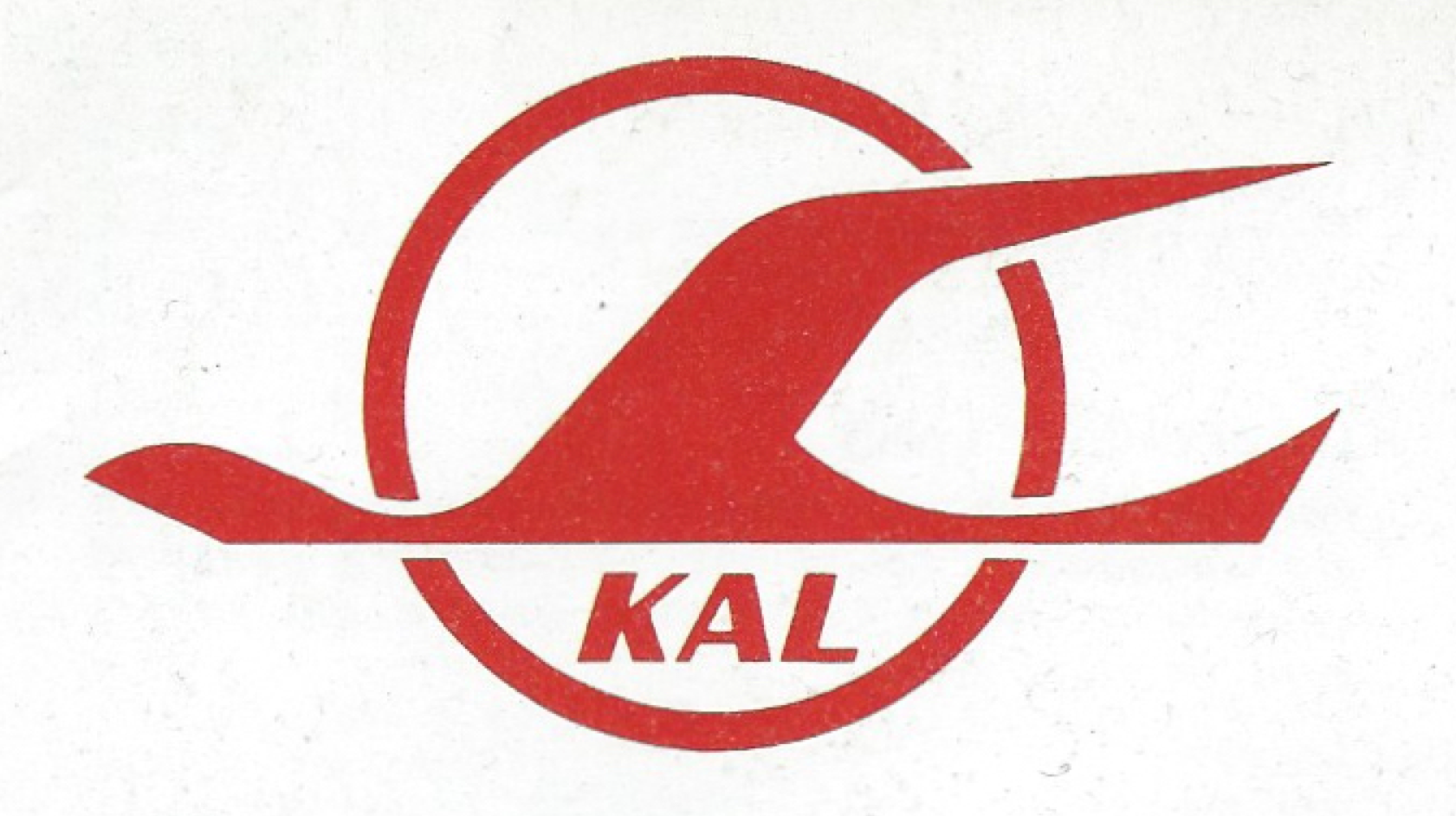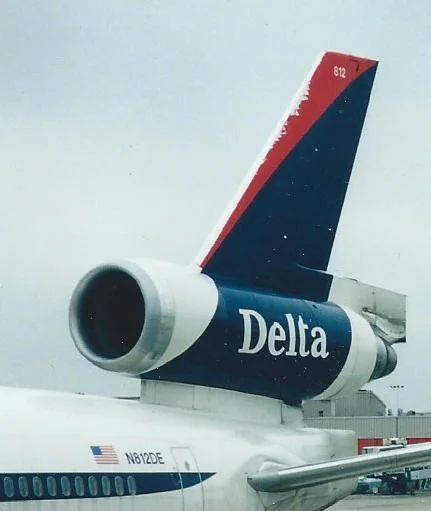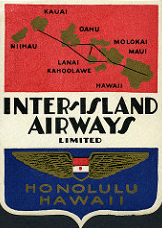Braniff's Asian Expansion - 1979
/Photo by Aero Icarus via Flickr. CC 2.0 license.
Far too far ahead of its time, woefully under-supported by the company's route planning, and cursed by starting just as the oil shocks began, Braniff's ill-fated Transpacific expansion was nevertheless stunning and visionary.
Braniff had been a profitable and beloved carrier with a strong portfolio of routes into Mexico and South America, and a well-developed core of domestic services centered on its hub at Dallas/Ft. Worth. As Deregulation approached in the late 1970s, however, company management thought massive expansion would be the only guarantee that the firm would remain relevant and a survivor in the shakeout to come. They went on a buying spree of Boeing 727-200, 747-200, and 747SP jets - and in 1978-1979 let loose a volley of dozens of new domestic and international routes, many of which connected cities that had never been Braniff strongholds. (Boston to 5 cities in Europe... San Antonio to Phoenix; Denver to Oakland; Birmingham to New York...)
Braniff had much experience flying passenger service in Asia on behalf of the Department of Defense, and had its corporate heart set on winning a DFW-Tokyo nonstop route to complement its newly won (and instantly successful) DFW-London service.
The U.S. Government did not oblige, despite considerable business and political lobbying.
But instead of using disappointment as a spur to re-examine their strategy, instead Braniff applied for route authorities to Asia out of Los Angeles - and received them. While Braniff had served LAX for many years with nonstops to South America, that city had no connection with the rest of the airline's domestic network until the 1979 expansion - and even then, just by 4 daily nonstops to the DFW hub.
The big unexamined assumption of route planning at the dawn of Deregulation was that domestic carriers would still continue to provide seamless feed to international services, regardless of who the airline was flying the international leg. Revenue-sharing practices at the time would have allowed Braniff's planners to believe that American, United, Western, Hughes Airwest, and TWA would happily promote one-connection services ... even though Braniff was encroaching on all their backyards domestically.
In any case, Braniff's history of strong balance sheets and can-do attitude convinced its bankers ... and in July 1979 they extended their new LAX-Honolulu run out to Guam and Hong Kong. In September they started a nonstop between LAX-Seoul, and in October extended that flight out to Singapore.
The visionary piece I mentioned earlier came from hooking Asia up to Braniff's South America network - using the same aircraft. In the attached scans from Braniff's September 15, 1979 timetable, note how they've scheduled:
- Singapore - Seoul - Los Angeles - Lima - Sao Paulo/Rio de Janeiro
- Hong Kong - Guam - Honolulu - Los Angeles - Santiago - Buenos Aires
With a couple roundtrips per week on each of these routes, the aircraft had excellent utilization (for the era). At this point in history, the only other carriers attempting service like this were JAL and VARIG - but Braniff was simply brilliant in hooking all these traffic centers together in one swipe.
You couldn't do this today - tough post-9/11 rules for transit through U.S. airports for foreign nationals (you have to have a U.S. visa to get off the airplane, regardless of whether you're staying in the country or not) have effectively put U.S. carriers out of the business of South America-to-Asia connections. And foreign governments aren't going to grant such liberal traffic rights to a new carrier anymore...
Advertisement in the January 1, 1980 Braniff system timetable
Of course, it wasn't to be. Braniff never garnered the domestic connecting traffic from its competitors, and Northwest and Pan Am out-hustled them on corporate sales on their competing Transpacific services. KAL was just starting its own nonstops from Seoul to L.A., as well - so a lot of capacity was suddenly dropped on the market just in time for the oil shock. Korea in the 1970s wasn't the economic powerhouse we know today, so it wouldn't have provided a lot of traffic from its side of the Pacific, either. Again, if Braniff could have controlled its own feed out of LAX, things might have been different...
The stubby 747SP had horrible economics when flown half-empty, (same 4 engines for a little more than half the passenger load as the baseline 747-100) and wasn't all that good for freight, either.
By Summer 1980, Singapore had already dropped off the map - and the amazing Great Circle route had morphed into Hong Kong - Seoul - Los Angeles - Santiago - Buenos Aires. Even then, still an amazing flight - any carrier today would consider it a flagship service.
But by then, the collapsing economy and Braniff's hubris were becoming painfully evident - notice how many routes had already disappeared from the map. Even the Honolulu - LAX bridge service had been cancelled. Less than 2 years later, the Braniff fleet would be parked at DFW, Eastern would be flying the South American services, and American would be building an unbreakable fortress hub in Texas with what used to be Braniff's core routes (including the London run.)
Should Braniff have kept their egos in check and been more deliberate and economical with expansion? Well, of course. 737-200s and DC-10s would have been much smarter fleet choices, and they should have concentrated slow but steady route growth out of DFW (and perhaps Miami for South American feed) instead of spreading flights around willy-nilly.
However, that which is beautiful often fades quickly, and without the ego and groupthink from Lemmon Road in Dallas, we may never have seen the gorgeous Halston-era paint schemes on Braniff's fleet - or these amazing Asian routes.
Also see my...































